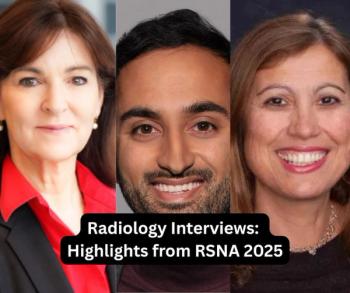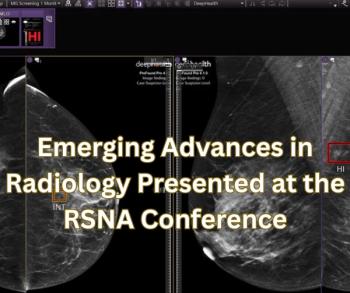
Adding AI to CCTA Reduces Reading Time
Using a deep learning tool slices reading time by nearly 75 percent and makes disease identification easier.
Using artificial intelligence (AI) with coronary CTA scans can make it easier for radiologist to identify obstructive coronary artery disease.
In a study published recently in the
Evaluating stenosis can be difficult, the team said, making proper training and experience important for proper image interpretation.
“Thus, AI software as a second reader may substantially shorten reading time, potentially improve the diagnostic accuracy of inexperienced readers, and increase the confidence of more experienced readers,” said the team led by Chun Yu Liu of the Jinling Hospital’s diagnostic radiology department in Nanjing China.
To reach this goal and automate the process, they pulled data from 165 patients to develop a deep-learning tool. They, then, looked at its solo performance in comparison to radiologists who read alone and those who read with the AI tool. They defined coronary artery disease (CAD) as luminal stenosis of 50 percent or more and used invasive coronary angiography for a reference standard.
Based on their analysis, AI alone diagnosed obstructive CAD with 90.5 percent sensitivity, 82.3 percent specificity, and an area under the curve of 0.90. When using the tool, radiologists saw their post-processing time drop from 8.5 minutes to 3.7 minutes.
Liu’s team noted that image quality and arterial calcification didn’t affect the software’s performance, pointing to its potential for utilization.
“Image quality and calcification burden did not negatively affect the diagnostic performance of AI,” they said. “Thus, AI may be an efficient tool for the diagnosis of coronary artery stenosis.”
For more coverage based on industry expert insights and research, subscribe to the Diagnostic Imaging e-Newsletter
Newsletter
Stay at the forefront of radiology with the Diagnostic Imaging newsletter, delivering the latest news, clinical insights, and imaging advancements for today’s radiologists.




























